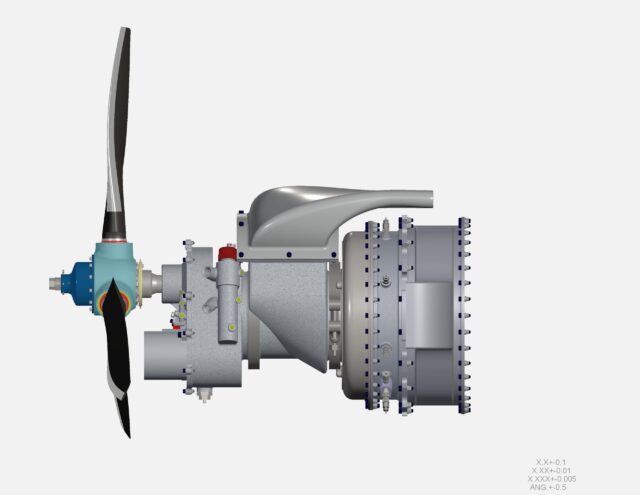Advancements in UAV Propulsion: From Hobbyists to High-Tech Frontiers

About Course
Unmanned Aerial Vehicles (UAVs) have taken the world by storm—from recreational drones buzzing through backyards to high-altitude, long-endurance UAVs revolutionizing global industries. At the heart of these aerial marvels lies the propulsion technology that keeps them aloft and mission-ready. This in-depth course, “Advancements in UAV Propulsion: From Hobbyists to High-Tech Frontiers,” offers an exciting journey through the evolution, innovation, and future of UAV propulsion systems.
Whether you’re an aerospace enthusiast, an engineer, or simply curious about drone technology, this course will help you grasp the fundamentals of aerodynamics, explore electric and jet propulsion systems, and dive into cutting-edge developments like plasma thrusters, hydrogen fuel cells, and bio-inspired designs. Learn how propulsion innovations are extending UAV flight times, enabling vertical takeoff, enhancing safety, and transforming applications across military, agriculture, transportation, and more. Get ready to soar beyond limits and into the future of flight!
Course Content
Chapter 1: The Evolution of UAV Propulsion
From Hobbyists to High-Tech: A Journey Through Time
00:00UAV Propulsion adoption across Various Industries
00:00